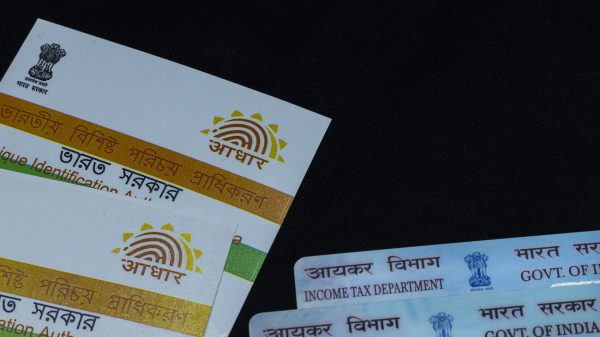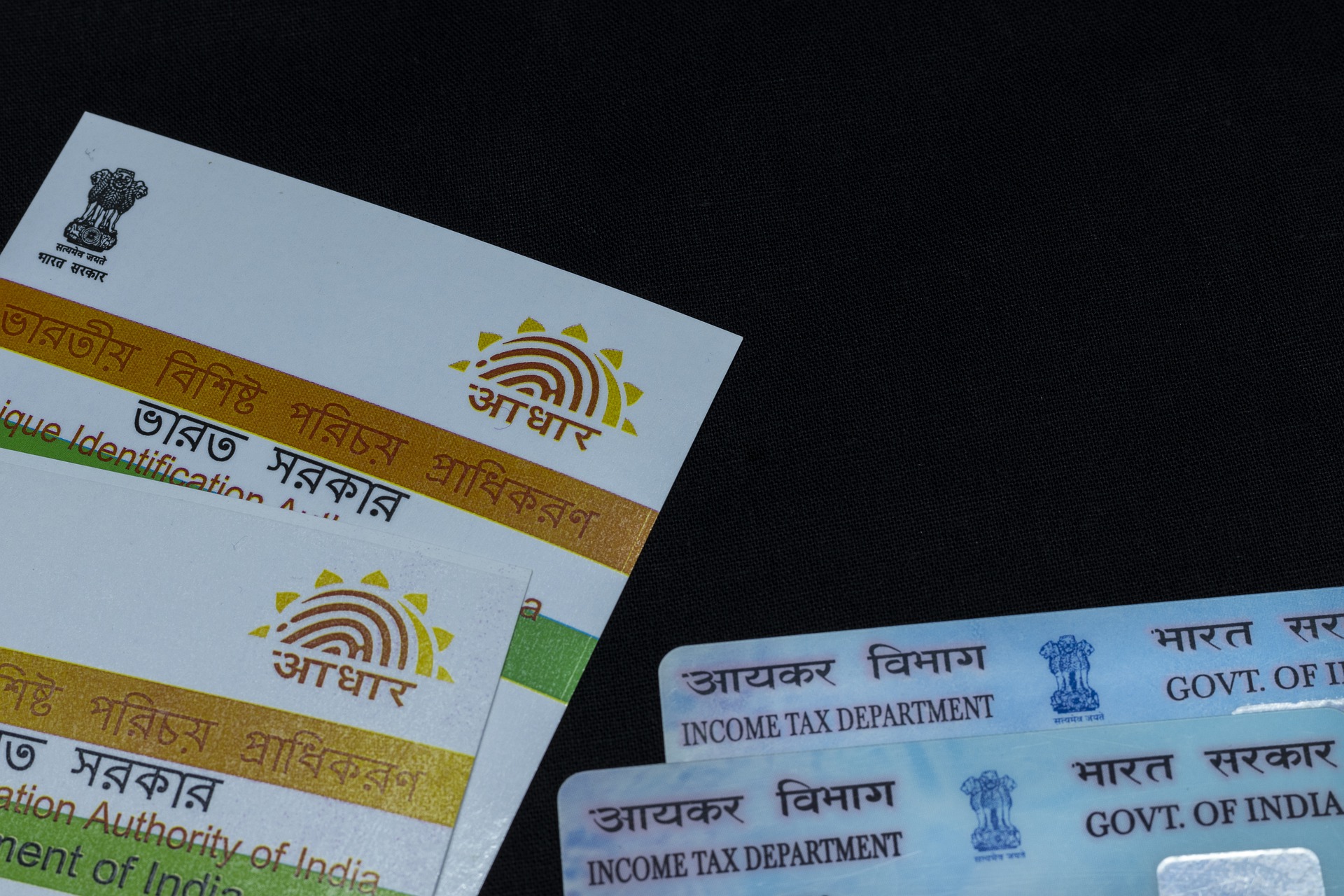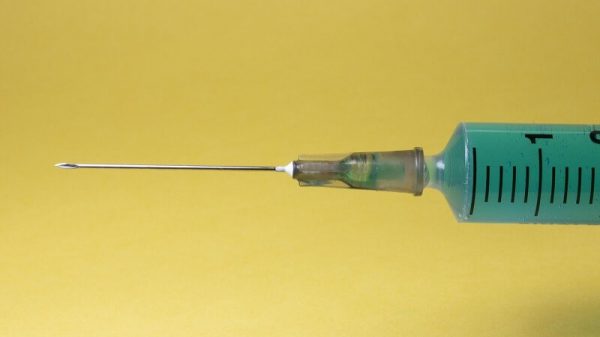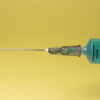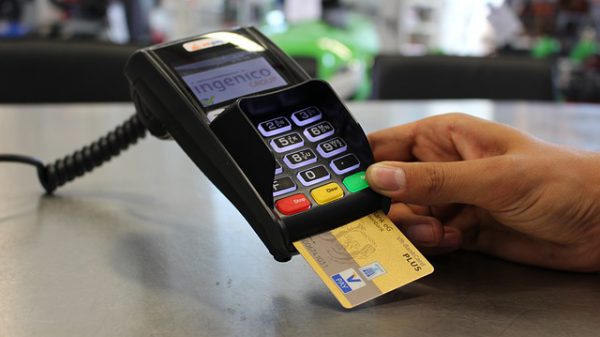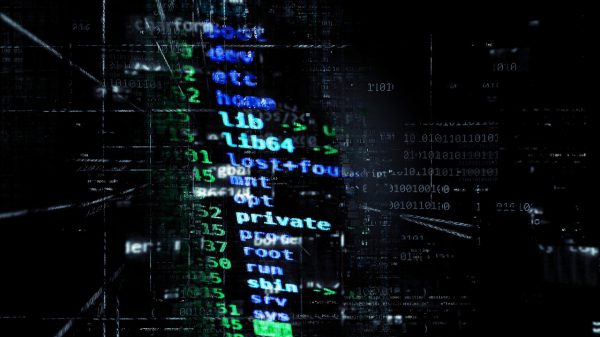Rejected payments continue to hamper the Mahatma Gandhi National Rural Employment Guarantee (MNREGA) program due to authentication failures or bank/payment system problems, a report by LibTech India said. In the last five years, at least ₹5,000 crore payments to MNREGA beneficiaries were rejected due to fundamental issues in how the government has implemented digital payments and Aadhaar authentication for the scheme, it said.
The survey covering 1947 respondents across four blocks in three states, Andhra Pradesh, Rajasthan and Jharkhand, found that issues with Aadhaar seeding has lead to the exclusion of many MNREGA from accessing their wage . The report found that 30% of all the surveyed people experienced at least 3 biometric failures in the last 5 transactions they made to withdraw their MNREGA wages whether through banks, ATMs, Banking Correspondents (BCs) or Customer Service Points (CSPs).
“Each state government should set up a system to monitor rejected payments regularly and ensure that they provide prompt support to resolve grievances. They should include members from the UIDAI, National Payments Corporation of India (NPCI) and banks so that workers do not suffer due to the lack of coordination among these agencies,” the report says.
It found that payments were rejected either due to three broad reasons:
- local administration data entry errors such as incorrect Aadhaar and bank account linking
- Bank issues like dormant accounts, joint accounts, closed accounts
- Aadhaar issues could include delinking of Aadhaar , mismatch of names, non compliance of Know-Your-Customer norms,
Findings of the survey
Transparency
- 11% of workers receive SMS services informed about their wages being credited
- 36% have to visit a bank just to find out if their wages have been credited
Biometric Failures
- 40% of CSP/BC users faced biometric authentication failure at least once in the previous 5 transactions
- 7% reported a biometric authentication failure for each of their last 5 transactions
Rejected Payments
- 18% of bank users were denied wages and told to visit a CSP/BC
- 45% of bank users have to make multiple visits, while 40% of CSP/BC users need to make multiple visits due to transaction failures.
- 50% of ATM users said they had to visit the ATM again due to a failed transaction
- Out of the 249 (out of 1947 respondents) who said they had rejected payments, the majority of them from Rajasthan and Jharkhand; while Andhra Pradesh had negligible number of rejected payments
- 63% of the Jharkhand respondents were not aware that their payment got rejected, compared to 25% in Rajasthan
- 77% were unaware of why their payments were rejected
Problems in the transition to digital payments
Since its inception in 2006, NREGA wages were paid at the Gram Panchayat level in cash. However, to improve transparency and reduce corruption the government/states began a drive to open bank accounts for beneficiaries beginning in 2008. By 2012, the Ministry of Rural Development (MoRD) had begun transferring funds to workers directly into their bank accounts.
The digitisation of welfare benefits was taken further by the Bharatiya Janata Party led governments’ financial inclusion policies, particularly by the Pradhan Mantri Jan Dhan Aadhaar Yojana. Ultimately, through this program, the government was able to link Aadhaar identities with mobile numbers and bank accounts to identify new-to-banking customers and beneficiaries of welfare programs. While JAM (Jan Dhan – Aadhaar – Mobile) is one part of the government’s overall financial inclusion policy. Today, the requirement to use Aadhaar is prevalent across all Direct Benefit Transfer (DBT) programs, as well as administrative services.
By 2016, the government had laid a digital pipeline to deliver all welfare benefits, including MNREGA wages. It would centralise all DBT payments through the Aadhaar enabled Payments System (AEPS)/Aadhaar Payments Bridge System (APBS), which is operated by the National Payments Corporation of India. In the case of MNREGA workers, Aadhaar was seeded to their job cards and banks, which allowed payments to flow to their account via the APBS. They could use the same system at banks, bank kiosks or CSPs/BCs to withdraw cash if they required. The AEPS essentially allows one to conduct banking transactions by authenticating their biometric information that is seeded to the banks.
However, in the report, noted economist and Visiting Professor at Ranchi University Jene Dreze says that this transition to the digital ecosystem was not smooth and “a new generation of payment problems emerged”.
“Each time the payment system was re-jigged, workers had to run from pillar to post to adjust to the new modalities (for instance, by opening a new account, or linking it with Aadhaar) and face another round of hurdles. Ten years after bank payments were introduced, the central government is still unequal to the task of ensuring reliable wage payments within 15 days,” Jene Dreze
Also read:
- Govt’s vaccine management system CoWIN will use Aadhaar for authenticating, tracking beneficiaries
- Haryana’s Family ID is an Aadhaar redux, and a massive data collection exercise
- Finance Minister directs banks to promote Rupay cards, link all accounts with Aadhaar by March 2021




